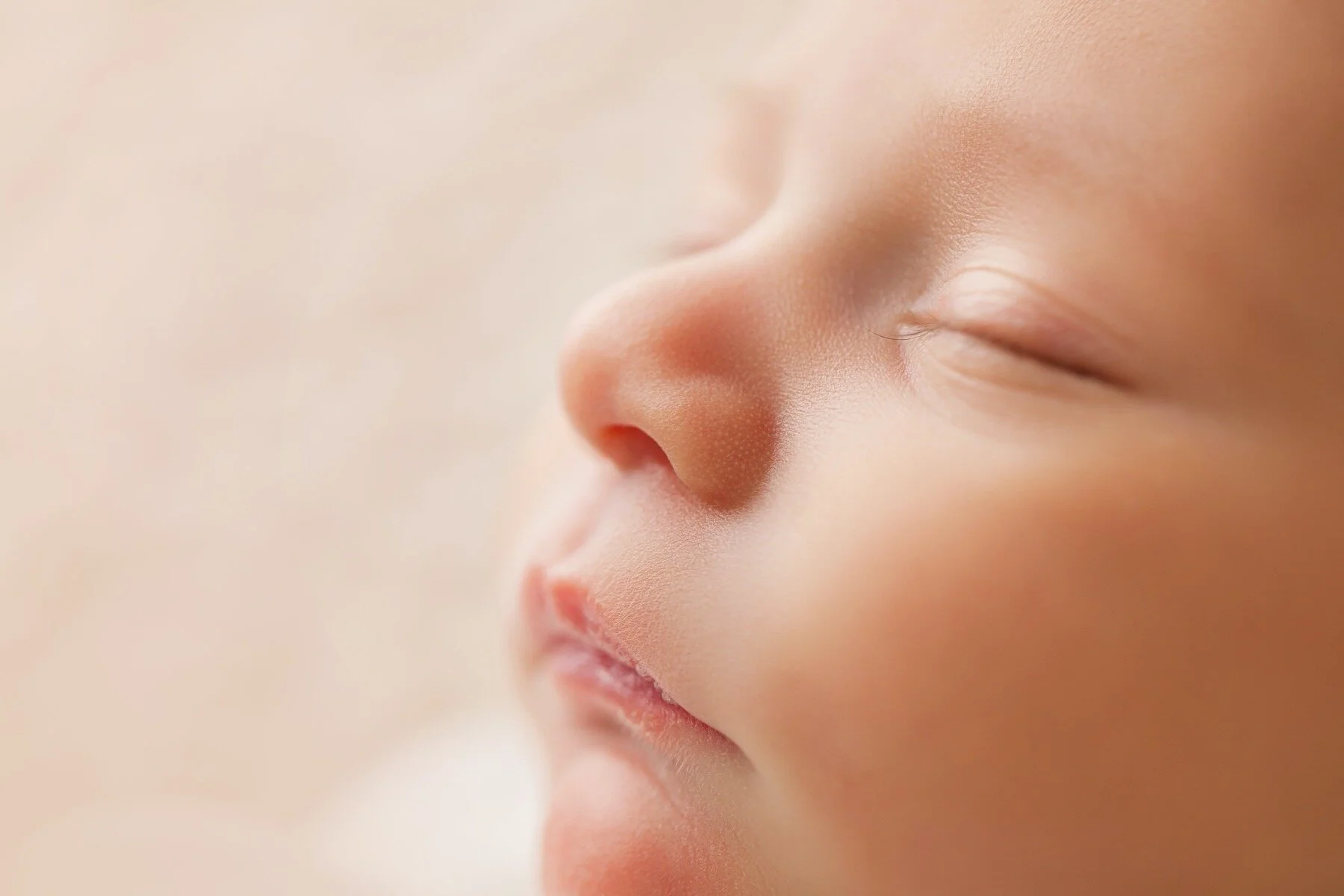Infants across gender, race, and socioeconomic status can all be at risk of SIDS/SUID. However, research has identified a number of factors that put an infant at higher risk of unexpected death. There are factors in the demographics, the pregnancy and birth, genetics, health status, living environment and sleeping environment that can all contribute to a child's risk of sudden death. Some of these factors cannot be modified, but by optimizing the factors that we can, we can have a powerful role in reducing the risk of sudden death of a beloved baby.
Demographics
- Age: Most infants who die of SIDS are 2 to 4 months old. Approximately 90% of SIDS deaths occur before an infant is 6 months of age.
- Gender: Boys have a higher risk than girls. Male infants are 30-50% more likely to die unexpectedly
- Race: For reasons that are not entirely clear, nonwhite infants also have an increased risk.
- Maternal age: Infants of mothers younger than 20 are at higher risk of SIDS.
- Single mother: Babies not living with their fathers had a 50% higher sensitivity to sudden death.
- Low socioeconomic status and low maternal education: These factors are not understood as well, but seem to be correlated to increased risk.
Pregnancy and Birth
- Inadequate prenatal care: Good prenatal care throughout pregnancy influences all of the factors below that contribute to higher risk of sudden infant death.
- Prematurity: Delivery before 37 weeks gestation is a risk factors for SIDS.
- Low birth weight: babies weighing 1000-1499 g (2.2 - 3.3 lbs) have a 4 times greater risk and those at 1500-2499 g (3.3 - 5.5 lbs) have a 3 times greater risk.
- Short intervals between pregnancies: This has also been associated with increased risk of SIDS
- Smoking during pregnancy: This increases the baby's risk of death 3 times that of nonsmokers. Avoidance of smoking during pregnancy has been estimated to reduce the number of SIDS cases by almost 21%.
- Drug (opiate) use during pregnancy: These babies have a 2 to 5 times higher risk of unexpected death.
- Alcohol use during pregnancy: Alcohol use, especially in the first 3 months, increases the risk 6 to 8 times.
Genetics
- Family History: Babies who have had siblings or cousins die of SIDS are also at a higher risk themselves.
Health Status
- Mild cold: Up to 80% of babies who died of SIDS had a mild degree of respiratory viral infection at the time of their death.
- Not immunized: Following the recommended vaccination schedule reduces the risk of SIDS.
Living Environment
- Smoke: A baby's exposure to second or even third-hand smoke increases the likelihood of a sudden death. Third-hand smoke is the residue of smoke, tobacco, and nicotine that remains on surfaces and in clothing after the cigarette has been put out. For babies exposed to second hand smoke, their risk of death is approximately double.
Sleeping Environment
- Tummy sleeping: Babies who usually sleep on their backs but are put to sleep on their tummies or roll to their tummies during their sleep have a 37 times higher risk of death compared to babies to remain sleeping on their backs.
- Side sleeping: Babies sleeping on their sides have twice the risk of SIDS compared to those sleeping on their backs.
- Soft bedding: Babies put to bed with pillows, sleeping mats, thick blankets, stuffed animals, crib bumpers and the like have a 2-3 times higher risk of SIDS.
- Over-heating: High body temperatures due to a warm room, fever, sweating, and excess clothing also increase the risk of sudden infant death.
- Bed sharing: Babies, especially those under 3 months, who share a bed with their parents or siblings are at greater risk for SIDS.
- The combination of tummy sleeping and a soft mattress are linked to a 20-fold increased risk of death.
Source: The factors contributing to the risk of sudden infant death syndrome

